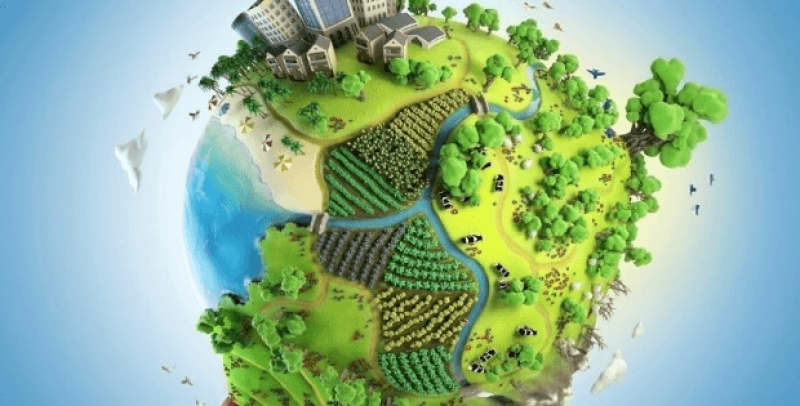It’s been 30 years since I was asked to do a study comparing organic farming and conventional production and the use of genetically modified breeds such as transgenic Bt maize. At that time, the Center for Biosafety and Sustainability in Basel was conducting a study to assess the impact of genetic engineering. Exactly the same questions were discussed as today.
Since these first debates, there have been countless national and EU-wide studies on the risks and potential of genetic engineering involving scientists, politicians, NGOs, consumers and organic and conventional farmers. The data is clear: In principle, the new breeding methods do not differ from classic crossbreeding in terms of their effect on (agricultural) ecosystems and human health.
…
30 years of scientific progress, countless studies involving dialogue with society, thousands of forums and debates for which scientists left their laboratories, and yet: a majority of the population is still convinced that we do not yet know enough to Open Pandora’s Box. The image of a risky technology with little benefit for the great challenge of the century to ensure safe feeding of soon ten billion people while at the same time greatly reducing the consumption of the natural resources of air, water, soil and biodiversity persists.
[Editor’s note: This article has been translated from German and edited for clarity.]































